Astrobotic’s lunar lander burned up in the Earth’s atmosphere earlier in February, turning into a glorious fireball over the South Pacific Ocean. The private U.S. company confirmed this news to multiple sources.
Why did the lunar lander fail to make it back to Earth in one piece? What did Astrobotics learn from the tragedy? Let’s get into it!
What Is Astrobotic?

Astrobotic is a private U.S. moon exploration company based in Pittsburgh, PA that specializes in making space missions affordable for science, exploration, and commerce, according to the company’s website.
“As a lunar logistics company, we provide end-to-end delivery service for payloads to the Moon,” the company writes.
Peregrine Burns Up in Earth’s Atmosphere
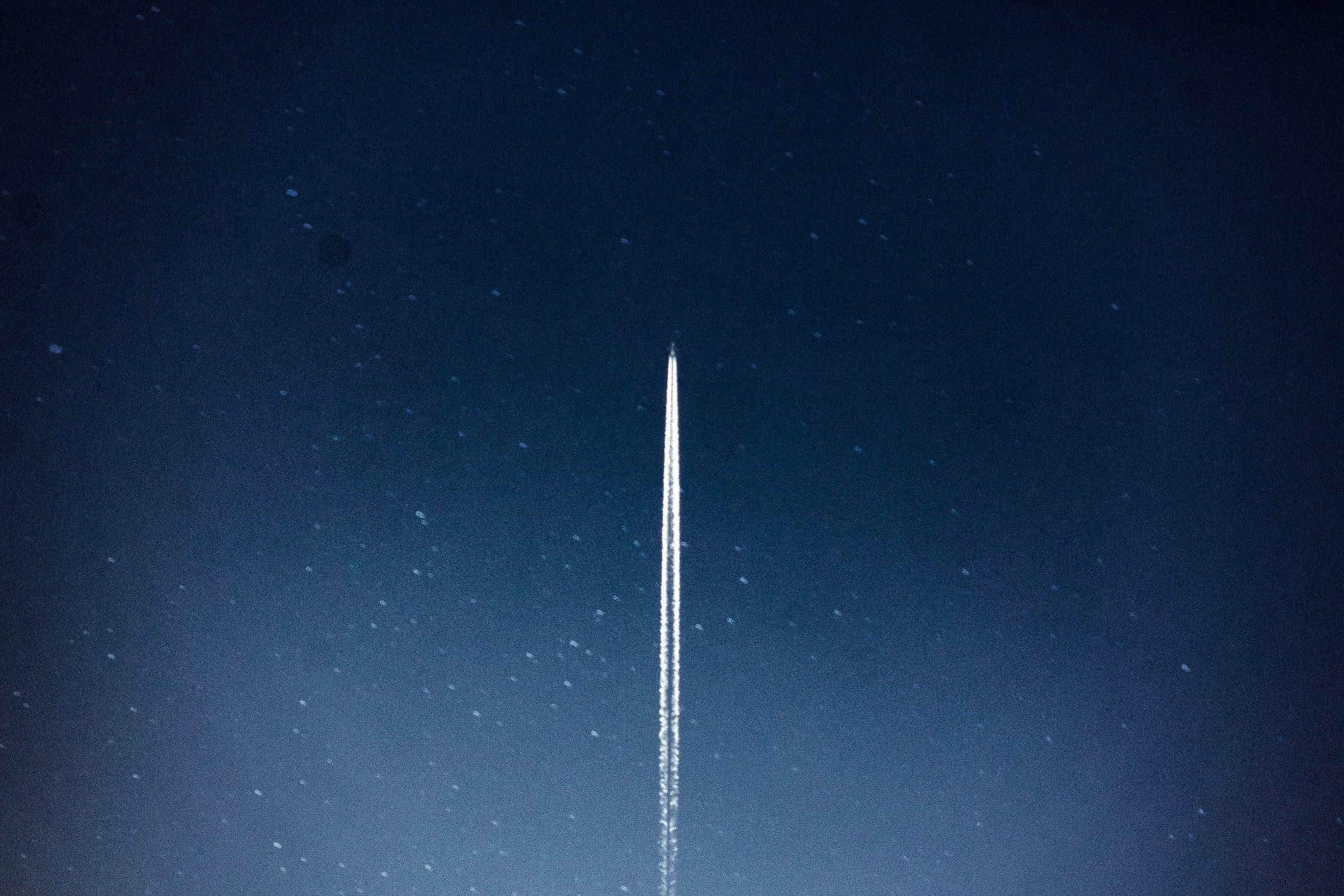
The company’s latest lunar lander, Peregrine, encountered a problem while traveling between the Moon and Earth. The issue stemmed from a propellant leak, identified shortly after takeoff. The mission’s objective of landing on the Moon’s surface was impossible for the lunar lander.
In a statement projecting the stricken spacecraft’s course, Astrobotic said that the lunar lander would return to Earth’s atmosphere and burn up on re-entry.
The Lunar Lander Crashes Into the Sea
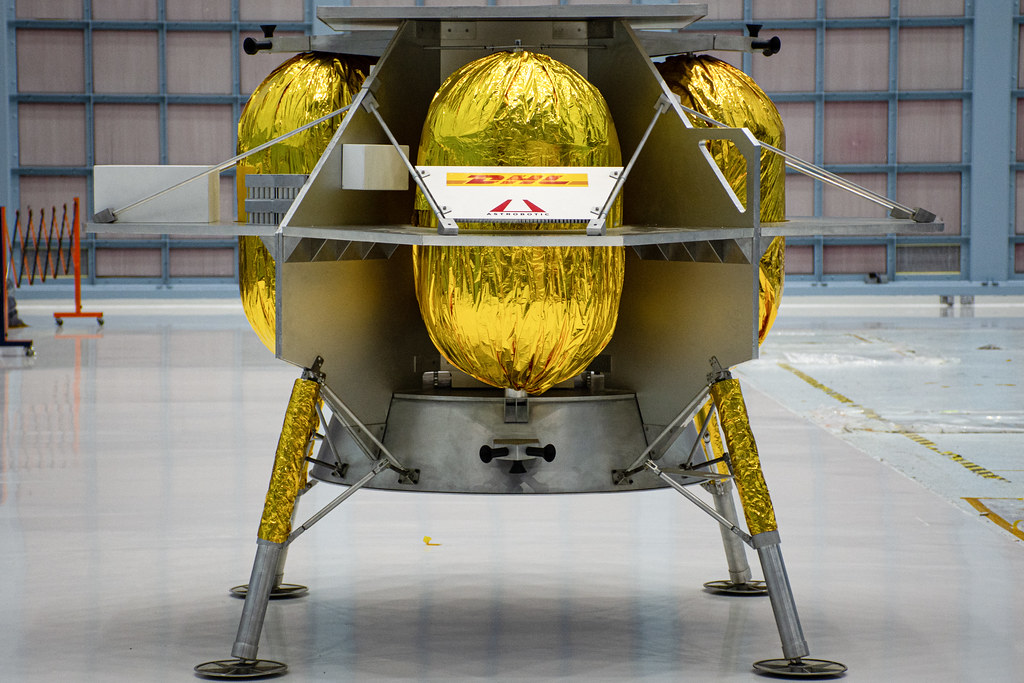
According to The Guardian, the lander re-entered Earth’s atmosphere on January 18, with most of the spacecraft burning up east of Australia, between New Caledonia and Fiji.
“The challenge with this specific object was the uncertainty of its precise orbital position due to the initial onboard venting of fuel,” said Angus Stewart, the head of space surveillance and tracking at the UK Space Agency. “Once that venting ceases, the orbit has become far more stable and we have been able to successfully track Peregrine.”
Astrobatic and NASA Still Learned Something from Peregrine

The lunar lander, which was carrying human remains, was traveling faster than a typical re-entering satellite. The amount of heat built up as the spacecraft plummeted to Earth helped the spacecraft burn up quickly.
While the lunar landing was not possible, Astrobatic and NASA have salvaged some scientific outcomes from the failed mission.
NASA Has Been Working More and More With Private Companies
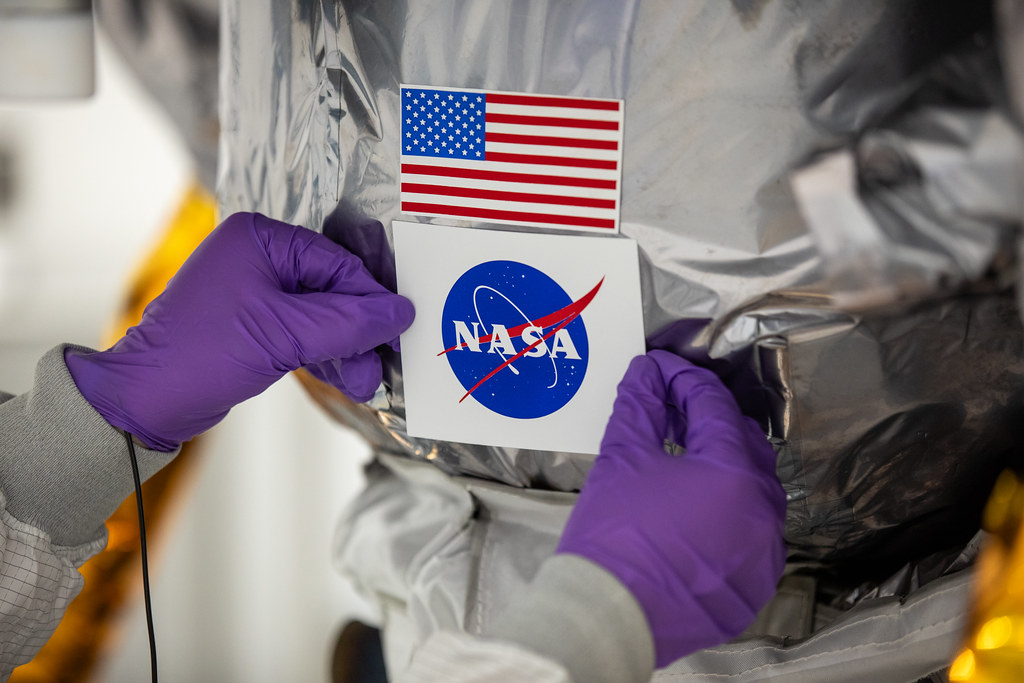
NASA has been reaching out to contract more and more private companies to ferry scientific missions to space as part of its Commercial Lunar Payload Services (CLPS) program.
The program is a NASA initiative that aims at utilizing private companies to deliver payloads to the lunar surface, particularly the Moon’s south polar region while gaining a deeper understanding of the Moon to pave the way for future human-led missions.
NASA Was Hoping Peregrine Would Help Test Future Moon Mission Equipment

“Measurements and operations of the NASA-provided science instruments on board will provide valuable experience, technical knowledge, and scientific data to future CLPS lunar deliveries,” says Joel Kearns, deputy associate administrator for exploration in NASA’s science directorate.
While the lunar lander carried the DNA of deceased U.S. presidents and Star Trek cast members as “space memorials,” NASA’s primary objective was to test several scientific instruments to pave the way for future Moon missions.
Why Are Lunar Missions Harder Now?
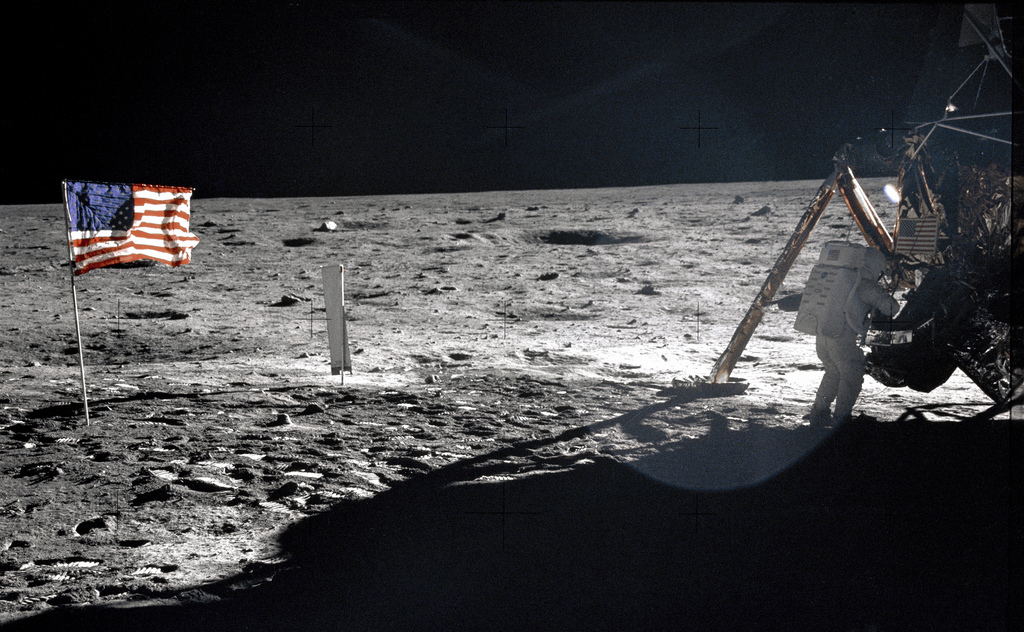
Luna missions have become increasingly difficult over the last few decades. Despite the first U.S. lunar mission taking place on December 21, 1968, and the first man landing on the moon a little over six months later on July 20, 1969, no human has been back to the moon since 1972.
Peregrine isn’t the only recent failure of lunar explorations gone wrong. According to The Guardian, lunar landers built by private companies have a 100% failure record on the moon.
Spacecrafts Are Difficult to Test on Earth
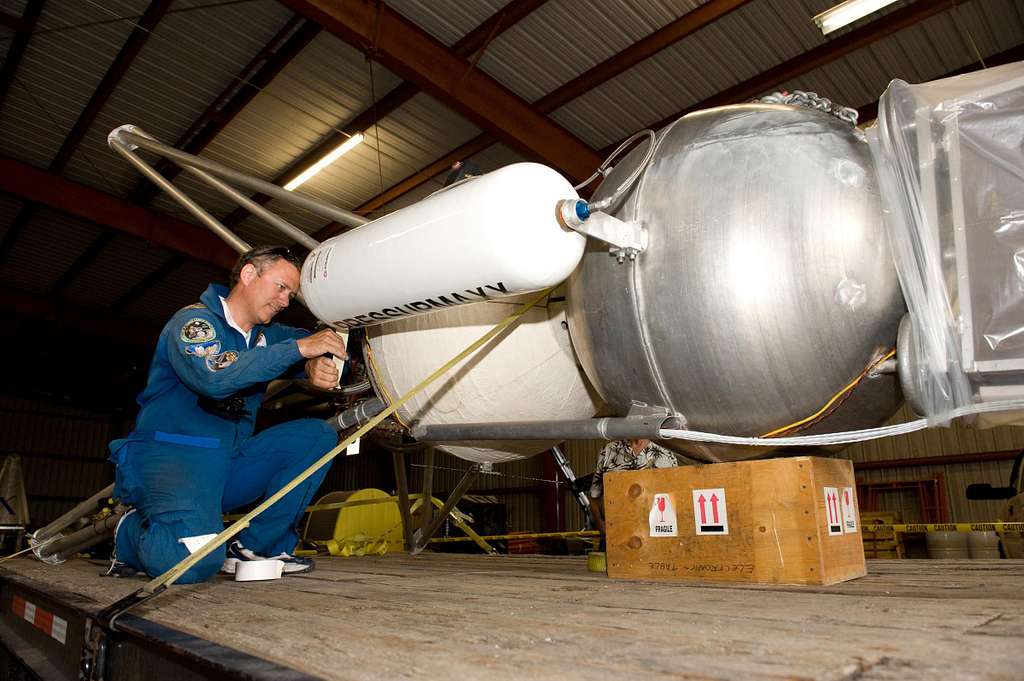
One of the issues is that spacecraft are one of a kind each time. These components are custom-built and cannot undergo thorough testing until they are launched into space. This eliminates the possibility of trial runs before their critical mission.
Once they are in space, the spacecraft are on their own and humans can only watch and learn from their designs. “If you have trouble with your car, you can have it repaired, but in space, there’s no opportunity,” says Jan Wörner, a former director general of the European Space Agency (ESA), to The Guardian. “Space is a different dimension.”
The Moon’s Challenges
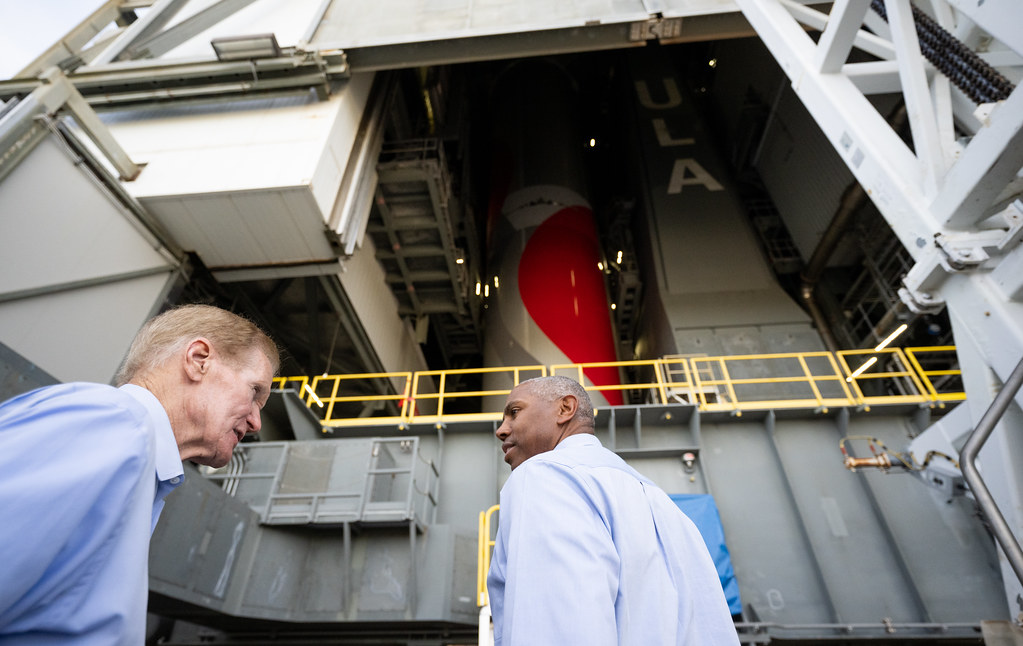
Beyond human limitations, the Moon presents a series of challenges. The gravity, which is one-sixth as strong as Earth’s but with no atmosphere, creates a problem for the lunar lander’s breaks. Since there is no atmosphere, landers cannot use parachutes to land and must depend entirely on engines. The control of these engines is done remotely from Earth.
“Usually you ignite them and they provide a steady state thrust,” says Nico Dettmann, ESA’s lunar exploration group leader. “To change the thrust during operations adds a lot more complexity.”
Space Exploration Has Become Popular Again

Space exploration has re-entered the interest of scientists and governments. There were decades when people were not developing landers or testing technology that could withstand the conditions of space.
Though limited testing on Earth can only prepare rockets for the harsh realities of space, the lander teams have no choice but to launch and watch their creations face the unknown.
The Upcoming Human Moon Missions
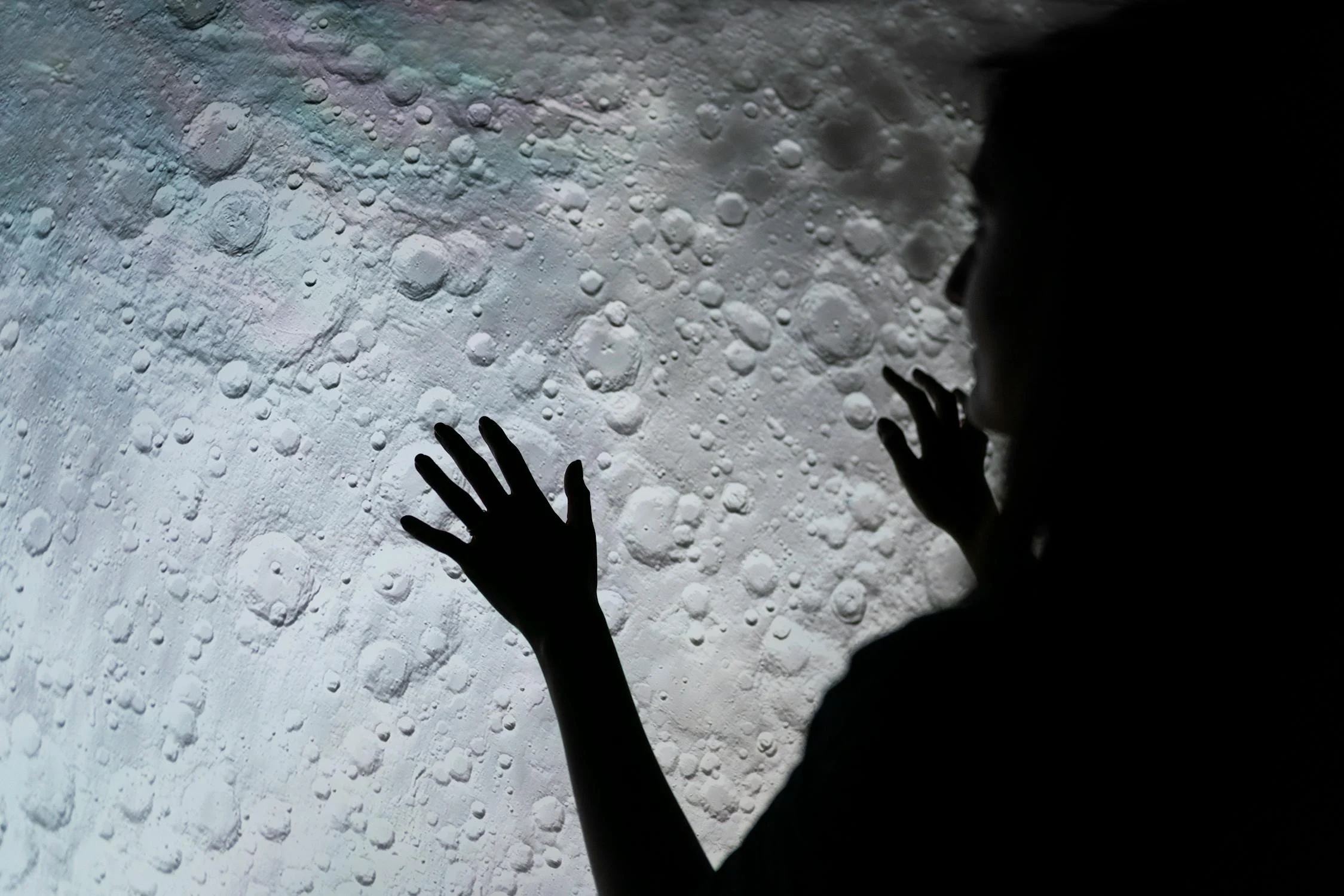
While Elon Musk’s SpaceX is fighting to send rockets into space as quickly as possible, NASA has high hopes for the future of space exploration. As of writing this, NASA is targeting the launch of Artemis II, the first crewed Artemis mission around the moon, for September 2025.
In September 2026, Artemis III is planning to land the first astronauts near the lunar South Pole. With these plans only a year away, we can only wait and watch the development of space travel from the ground.
